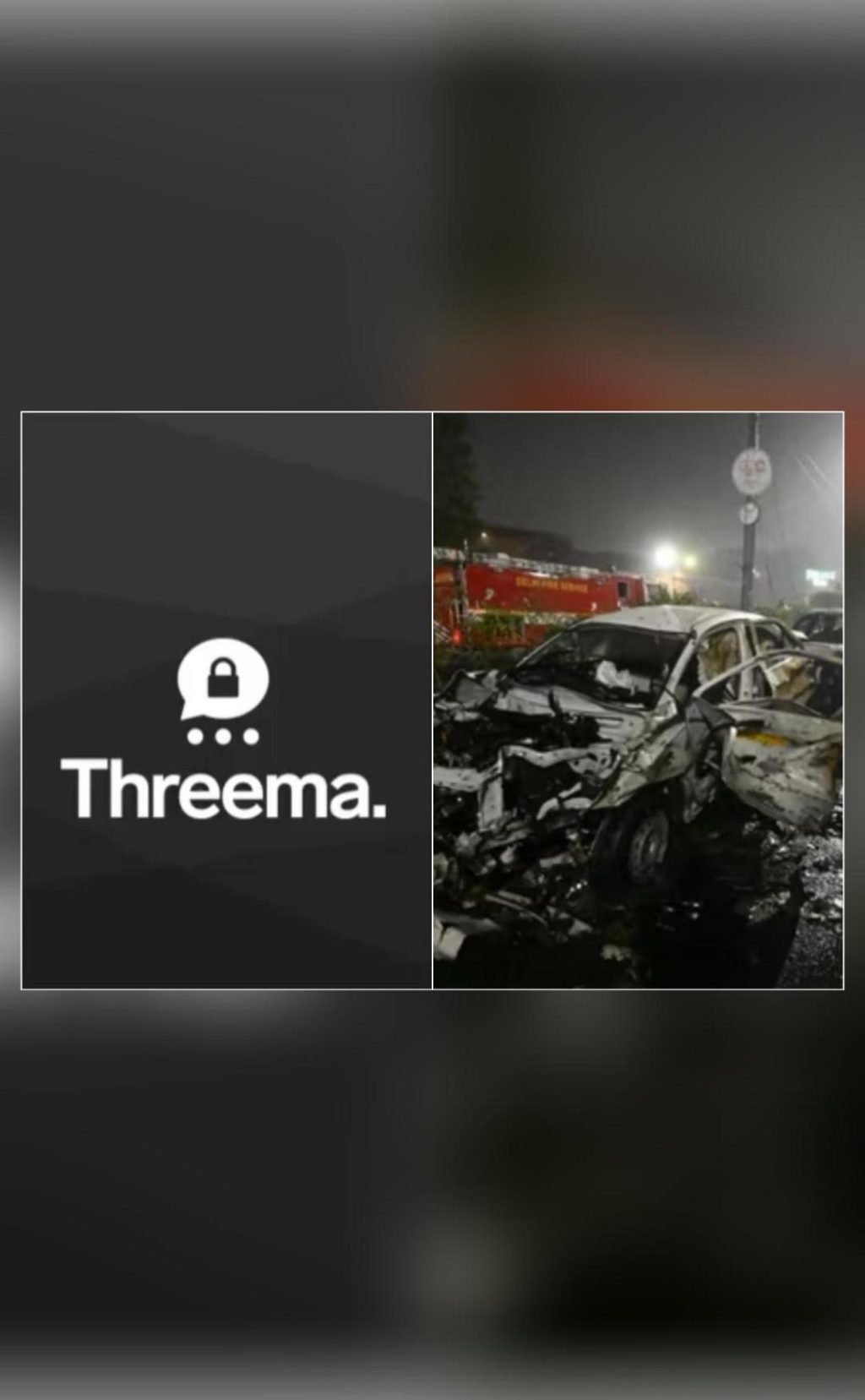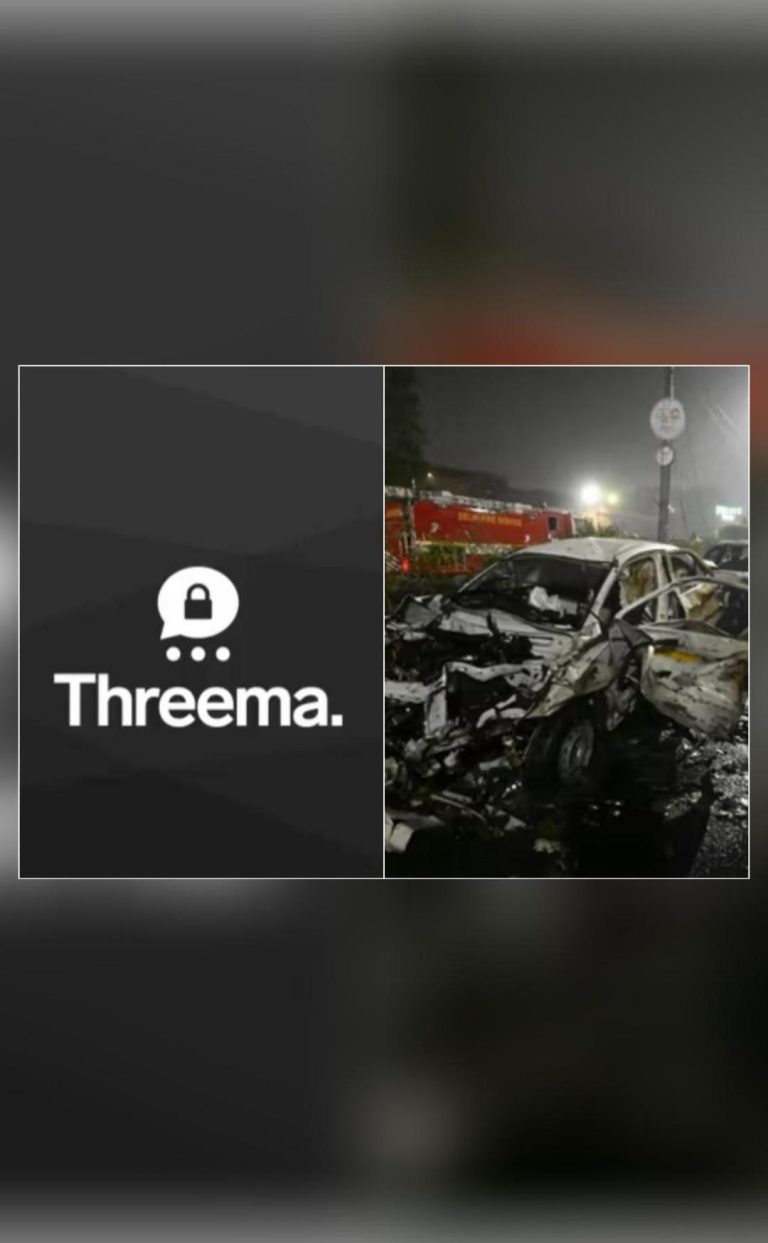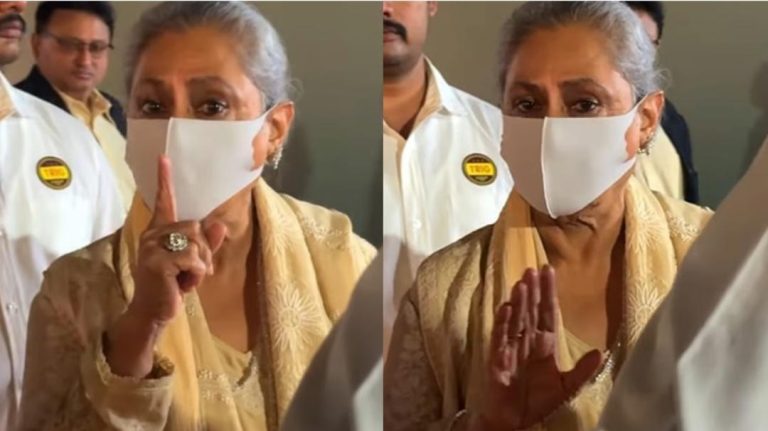
Delhi terror attack accused doctors used Swiss app Threema to plan & coordinate: Police
The world of terrorism has become increasingly sophisticated, with perpetrators leveraging advanced technology to plan and execute their attacks. In a recent development, it has come to light that the accused doctors involved in the Delhi terror attack used a Swiss encrypted messaging app called Threema to coordinate their activities. According to police, Dr. Umar Nabi, Dr. Muzammil Ganaie, and Dr. Shaheen Shahid, who are being investigated for the blast near Delhi’s Red Fort, utilized this app to stay in touch and plan their terror activities.
The use of Threema by the accused doctors has raised concerns about the challenges faced by law enforcement agencies in tracking and monitoring terrorist activities. Threema is a secure messaging app that offers end-to-end encryption, making it difficult for authorities to intercept and decode messages. Moreover, the app does not require a phone number or email ID for registration, which makes it even more challenging to trace users.
A source close to the investigation revealed that the accused doctors used Threema to constantly keep in touch and plan their terror activities. The source told PTI, “Threema doesn’t require a phone number or email ID for registration, making it extremely difficult to trace the users.” This has significant implications for law enforcement agencies, as it highlights the need for more advanced tools and techniques to track and monitor terrorist activities.
The investigation into the Delhi terror attack has revealed that the accused doctors were in constant touch with each other, using Threema to discuss and plan their activities. The app’s encryption feature made it difficult for authorities to intercept their messages, allowing them to coordinate their actions without being detected. The use of Threema by the accused doctors has also raised questions about the role of technology in facilitating terrorist activities.
The Delhi terror attack has once again highlighted the need for vigilance and cooperation between law enforcement agencies and technology companies. The use of encrypted messaging apps like Threema has made it challenging for authorities to track and monitor terrorist activities, and it is essential to find a balance between individual privacy and national security.
In recent years, there has been a growing concern about the use of encrypted messaging apps by terrorist organizations. These apps provide a secure means of communication, allowing terrorists to plan and coordinate their activities without being detected. The use of Threema by the accused doctors in the Delhi terror attack is just one example of how terrorist organizations are leveraging technology to further their goals.
The investigation into the Delhi terror attack is ongoing, and it is likely that more details will emerge about the role of Threema and other encrypted messaging apps in facilitating terrorist activities. As the world becomes increasingly digital, it is essential to find ways to balance individual privacy with national security concerns. The use of Threema by the accused doctors has highlighted the need for more advanced tools and techniques to track and monitor terrorist activities, and it is likely that law enforcement agencies will need to adapt to these new challenges.
In conclusion, the use of Threema by the accused doctors in the Delhi terror attack has raised significant concerns about the role of technology in facilitating terrorist activities. The app’s encryption feature and lack of requirement for phone number or email ID for registration make it challenging for authorities to track and monitor terrorist activities. As the investigation into the Delhi terror attack continues, it is essential to find a balance between individual privacy and national security concerns. The use of Threema and other encrypted messaging apps by terrorist organizations highlights the need for more advanced tools and techniques to track and monitor terrorist activities, and it is likely that law enforcement agencies will need to adapt to these new challenges.
Source: https://repository.inshorts.com/articles/en/PTI/f2a8ca2c-2fb5-4ada-b46a-28e29563f0c3






